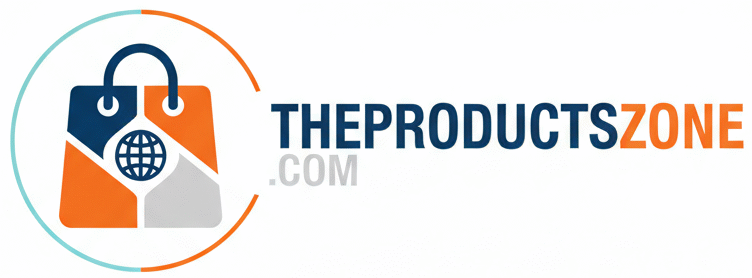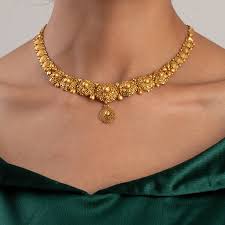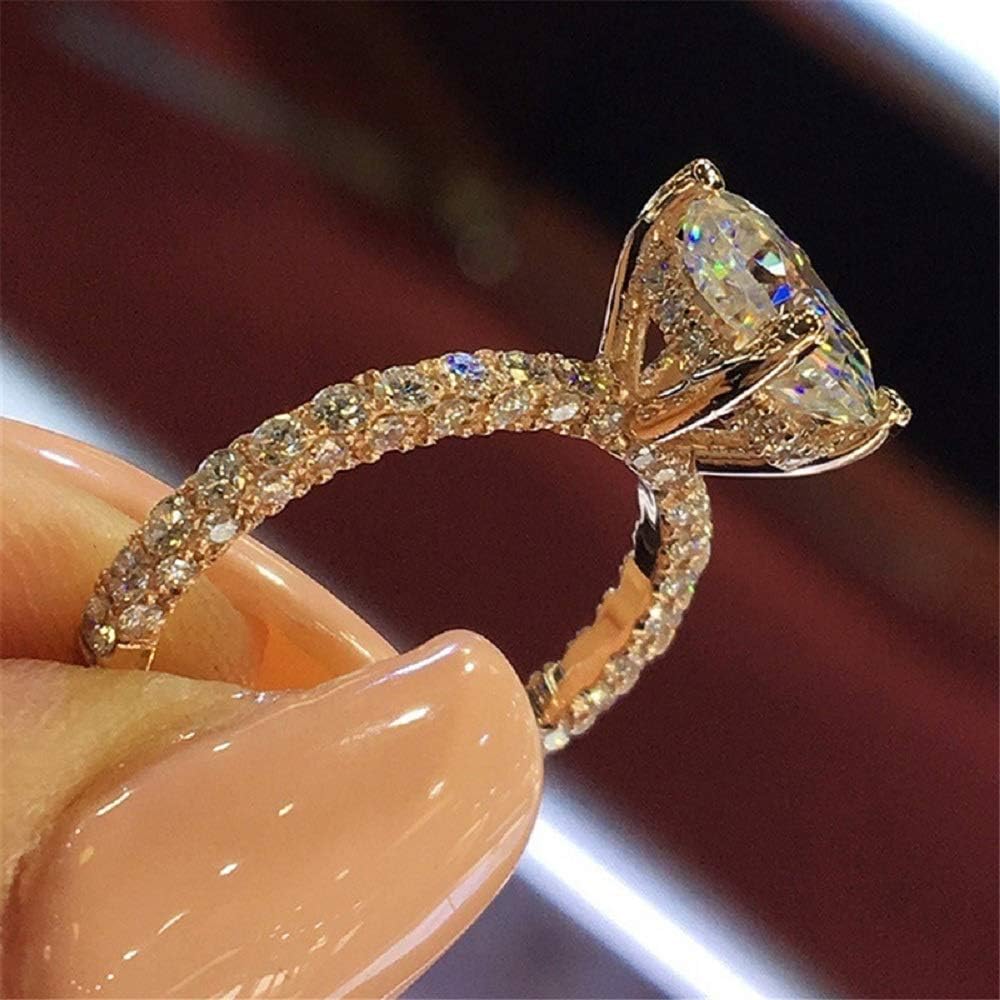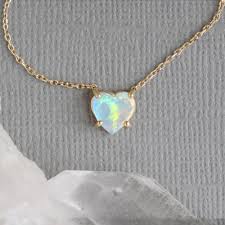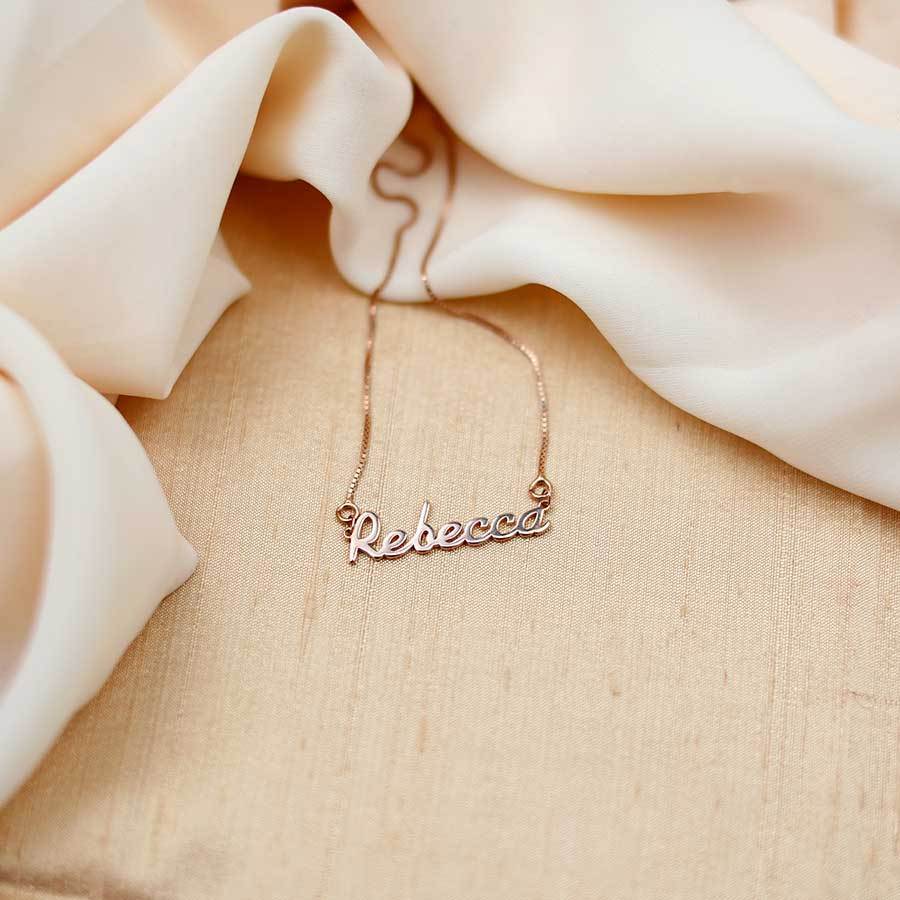Introduction
Few pieces of jewelry hold as much cultural and emotional value as the gold necklace. Whether it’s a delicate chain for everyday wear or a bold statement piece for weddings, gold necklaces have been treasured for centuries. They are not just ornaments but also symbols of tradition, wealth, and timeless style.
In this article, we’ll explore the different types of gold necklaces, how to choose the perfect one, styling tips, and care practices that will keep your jewelry shining for years.
Why Gold Necklaces Are Special
Gold necklaces have always been more than just accessories. Here’s why they continue to be a favorite:
-
Timeless Appeal – Gold never goes out of style.
-
Versatility – Suitable for both casual and formal occasions.
-
Cultural Significance – Often associated with festivals, weddings, and inheritance.
-
Investment Value – Gold jewelry holds lasting financial worth.
Types of Gold Necklaces
1. Simple Gold Chains
Minimalistic and lightweight, ideal for daily wear or layering with pendants.
2. Choker Necklaces
Sit snugly around the neck and are perfect for modern, chic looks.
3. Temple Jewelry Necklaces
Traditional Indian-style gold necklaces inspired by temple motifs, usually worn at weddings.
4. Mangalsutra Necklaces
Culturally significant in Indian weddings, combining black beads with gold pendants.
5. Gold Pendant Necklaces
Feature single pendants ranging from initials to religious symbols, adding personal touch.
6. Statement Necklaces
Heavy designs with intricate detailing, ideal for grand occasions like festivals or bridal wear.
How to Choose the Perfect Gold Necklace
When shopping for a gold necklace, consider these factors:
-
Purity of Gold (Karat)
-
24K – Pure gold, very soft, not ideal for everyday wear.
-
22K – Best for jewelry, durable with a rich shine.
-
18K – Stronger, often mixed with diamonds or gemstones.
-
-
Length & Style
-
Short chains for daily wear.
-
Mid-length necklaces for office or casual outings.
-
Long statement pieces for weddings and festivals.
-
-
Occasion
-
Everyday wear – Lightweight chains.
-
Weddings – Heavy, ornate necklaces.
-
Office wear – Elegant pendant chains.
-
-
Budget
-
Decide on a price range before shopping.
-
Remember that craftsmanship, weight, and purity affect cost.
-
Styling Tips for Gold Necklaces
-
Pair a thin gold chain with a formal shirt for a subtle yet classy look.
-
Wear layered gold necklaces to add depth to casual outfits.
-
Match statement gold necklaces with ethnic wear for weddings and festivals.
-
Mix gold with gemstones or pearls for a modern twist.
How to Care for Your Gold Necklace
-
Store your necklace in a soft cloth pouch to prevent scratches.
-
Avoid exposure to chemicals like perfumes and hairsprays.
-
Clean with mild soap and warm water occasionally.
-
Visit a jeweler for professional polishing if it loses shine.
FAQs on Gold Necklaces
Q1. What is the best karat for a gold necklace?
22K is considered ideal as it balances purity with durability.
Q2. Can gold necklaces be worn daily?
Yes, lightweight chains and pendants are perfect for everyday use.
Q3. How do I check if my gold necklace is real?
Look for hallmark certification or have it tested by a certified jeweler.
Q4. Are gold necklaces a good investment?
Absolutely! Gold retains value and can also appreciate over time.
Q5. What length is most popular for gold necklaces?
18–22 inches is the most common length for versatile wear.
Conclusion
A gold necklace is more than a piece of jewelry – it’s a blend of elegance, tradition, and investment. Whether you’re looking for a daily wear chain, a bridal necklace, or a meaningful gift, there’s a style for every occasion. By choosing the right karat, design, and length, you can own a timeless accessory that adds both beauty and value to your collection.
